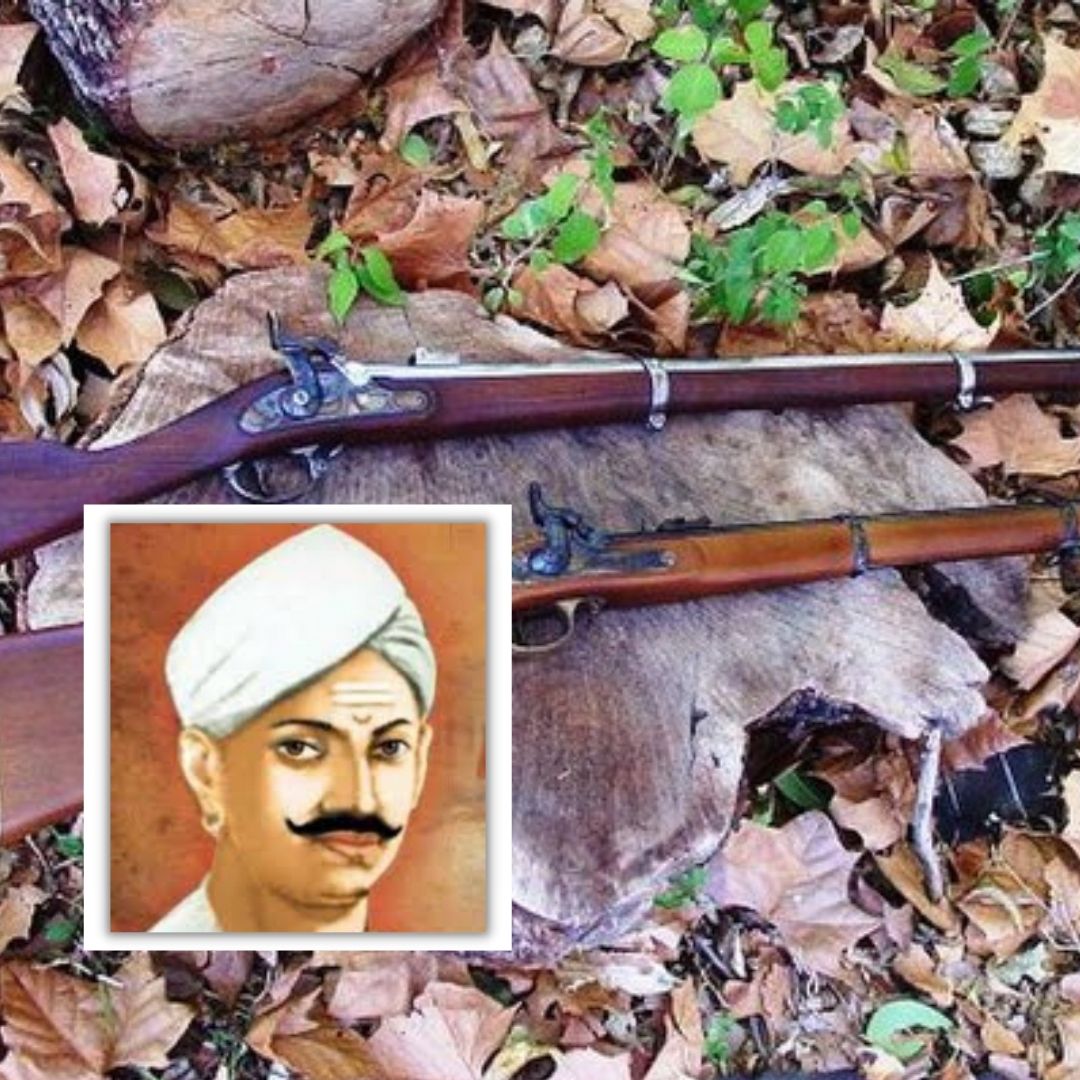
Image Credits: Twitter/Kanchan Jha, Wikimedia (Representational)
What Were The Infamous 'Enfield Rifles' That Played A Major Role In The Revolt Of 1857?
Writer: Akanksha Saxena
I am a budding journalist who loves to write stories that have the ability to connect with people.
India, 8 April 2022 8:48 AM GMT
Editor : Ankita Singh |
A literature lover who likes delving deeper into a wide range of societal issues and expresses her opinions about the same. Keeps looking for best-read recommendations while enjoying her coffee and tea.
Creatives : Akanksha Saxena
I am a budding journalist who loves to write stories that have the ability to connect with people.
The Revolt of 1857, also known as 'Sepoy Mutiny' is the first fight for independence against British Rule. One of the prominent figures was Mangal Pandey, who sparked the agitation that was immortalised in Indian History.
The Revolt of 1857 is considered India's first step towards attaining freedom from British rule. People from different parts of the country mobilised themselves to fight their colonial masters. Despite the mission failing, it ignited a fire in the future generations who took the agitation forward and fought until the fateful 'stroke of midnight' on August 15, 1947.
Also known as 'Sepoy Mutiny', one of its prominent figures is a man named Mangal Pandey. Today, April 8, is marked as his death anniversary, and he is remembered for his sheer courage and bravery. Several causes sparked the revolt against the British. One of them, which remained a prominent reason, was the infamous Enfield Rifles.
What Were Enfield Rifles?
The Enfield Rifles were magazine-fed and repeating rifles that the British Army popularly used worldwide. It was their standard rifle after it was officially adopted in 1895 and was in circulation until 1951. It was used in significant wars such as the Crimean War and the Filibuster War, fought in Central America.
In 1856, the Enfield rifles were introduced in British India. The military drills involved opening the cartridge with their mouths, pouring the gunpowder into the barrel and cutting off the cartridge's greased end that prepares the gun to be fired at the desired target. "Whenever the grease around the bullet appears to be melted away or otherwise removed from the cartridge, the bullet's sides should be made wet in the mouth before putting into the barrel; the saliva will serve the purpose of grease for the time being," quotes Wikipedia.
Greased With Animal Fat
During this time, a rumour was spread between the Indian contingent that the cartridges were greased with beef tallow or pig fat or combined in the paper-wrapped powder. The armies consisted of both Hindu and Muslim soldiers. Therefore, the contents were considered abhorrent by both communities, and the idea of touching them with their mouths was unacceptable as it went against their faith.
When they objected, they were told that they were welcome to make their cartridges with a religiously suitable material, such as vegetable oil. Not only that but the Sepoys were also asked to open the cartridge with their hands.
However, the rumours only continued to gain momentum. The company officers were notified of an altercation between a high-caste soldier and a lower-class labourer. The latter quipped that they would lose their caste status by using the controversial cartridges. The British tried their very best to quell the rumours but could not do so as their soldiers had gathered arms against the colonial rule.
Also Read: Overlooked Personalities: How Surayya Tyabji Finalised The Design Of Indian National Flag?
 All section
All section














